
Getting backlinks is one of the most challenging and time-consuming tasks in SEO. So how do you get started on creating a successful outreach program that brings in quality links?
Join Purelinq’s Kevin Rowe, who will walk you through creating a scalable outreach program to create a natural link profile, meet minimum quality requirements and drive maximum impact.
Register today for “Everything You Should Know About Building Quality Links at Scale,” presented by Purelinq.
The post SEO webinar on getting quality backlinks appeared first on Search Engine Land.
a message brought to you by Wayne Vass SEO
This article first appeared on: The post %%POSTLINK%% appeared first on %%BLOGLINK%%.


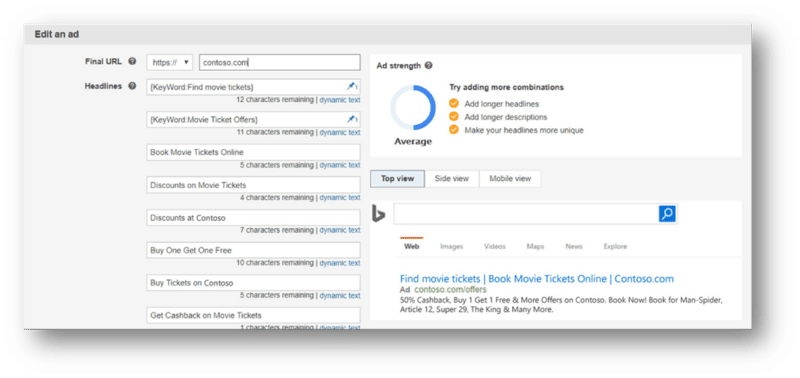




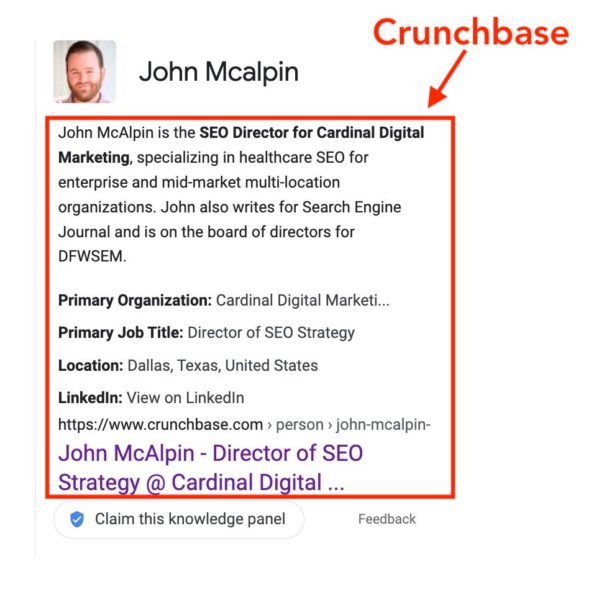


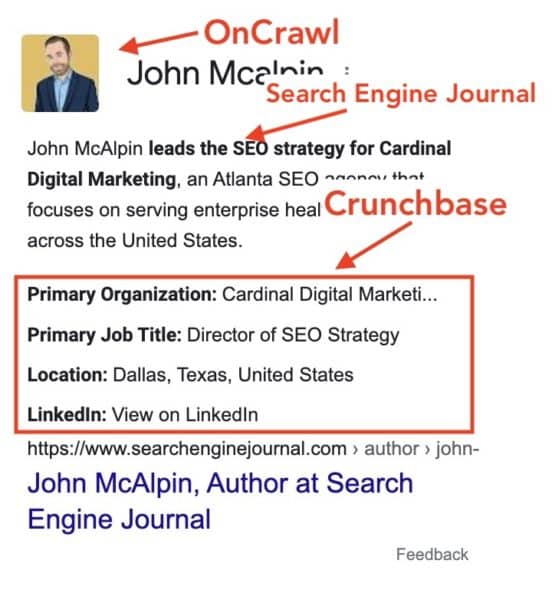

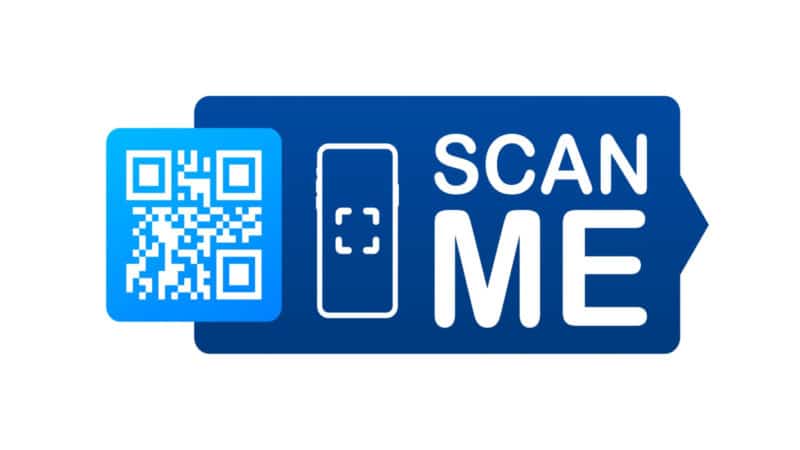
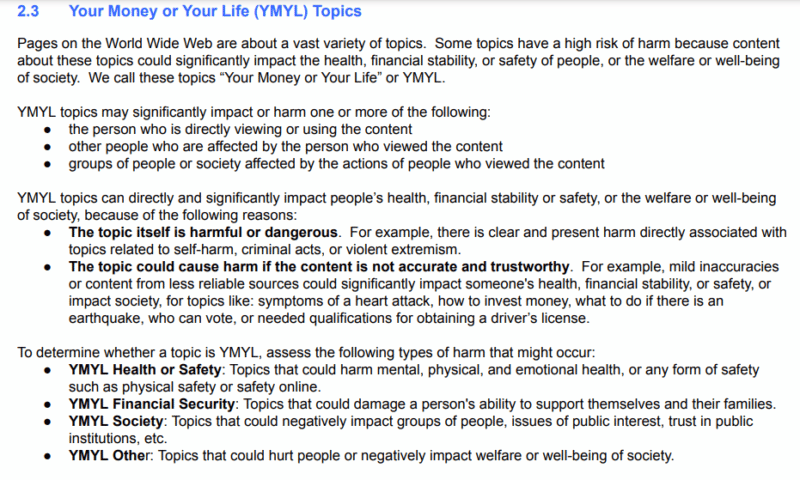





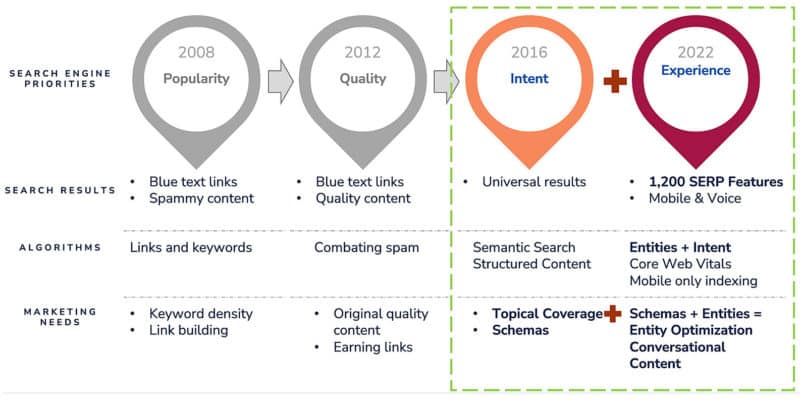




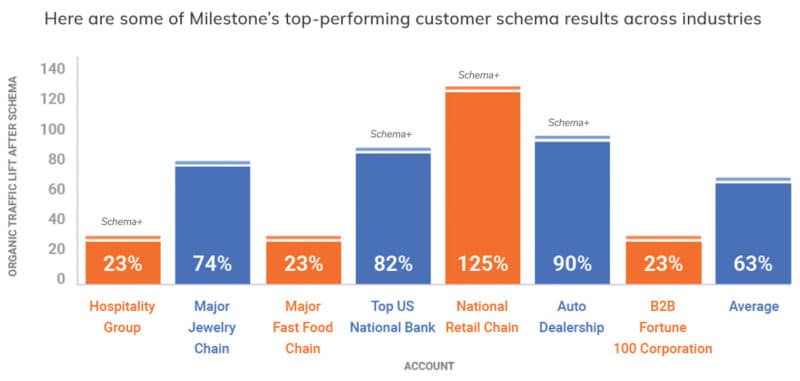
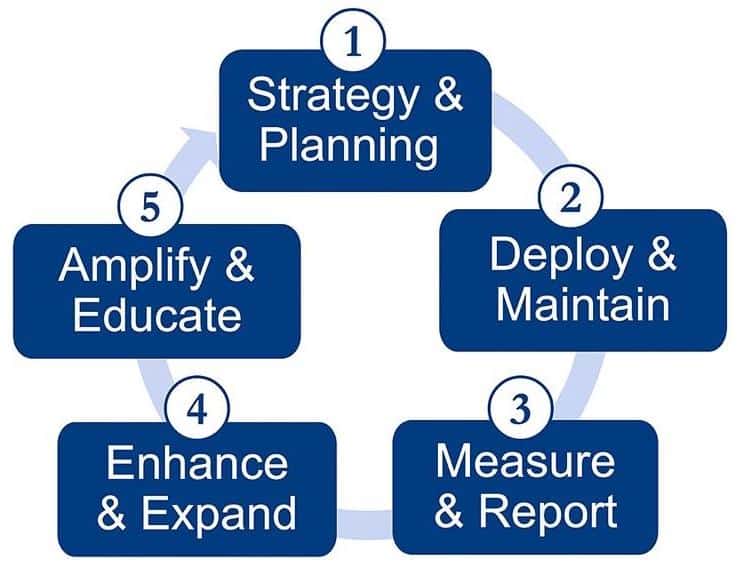

 RSS Feed
RSS Feed
